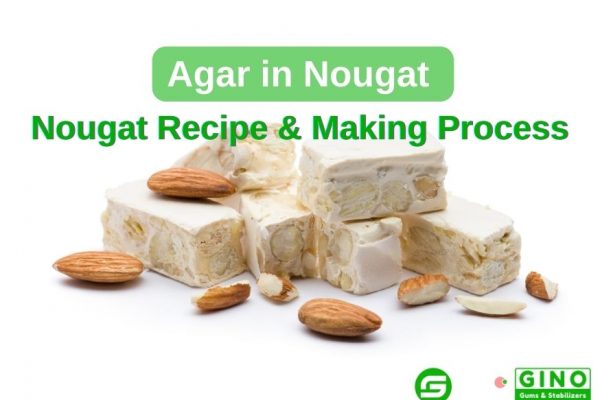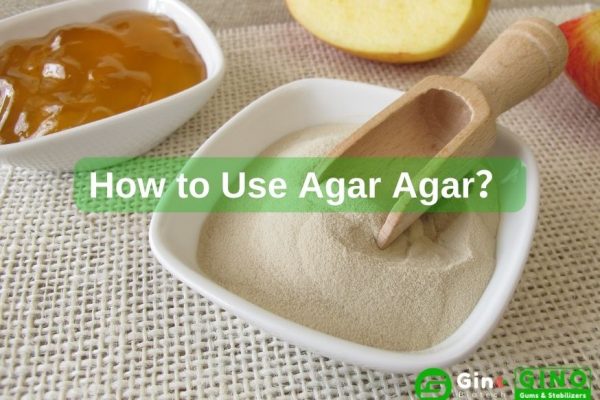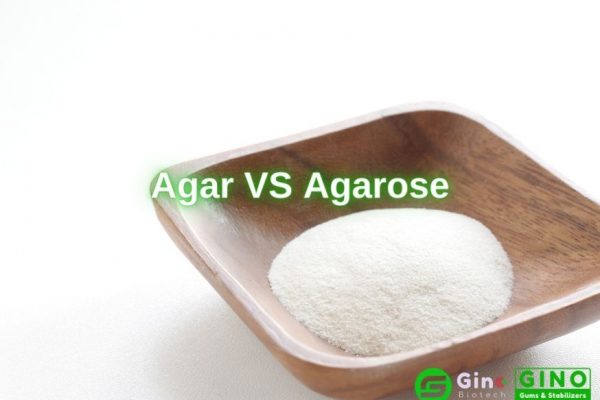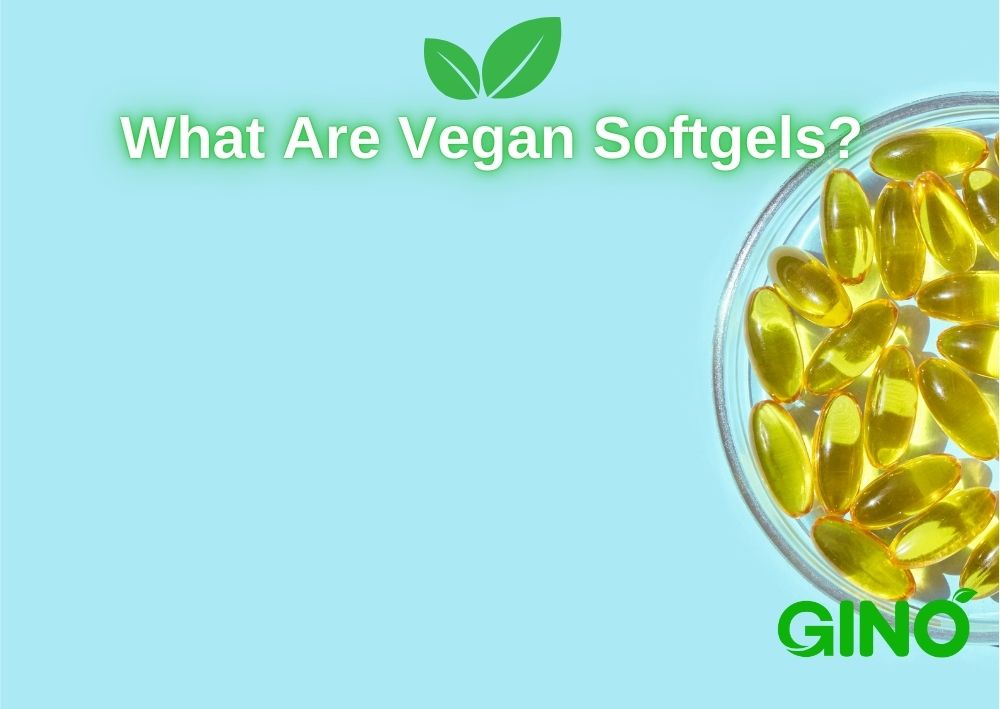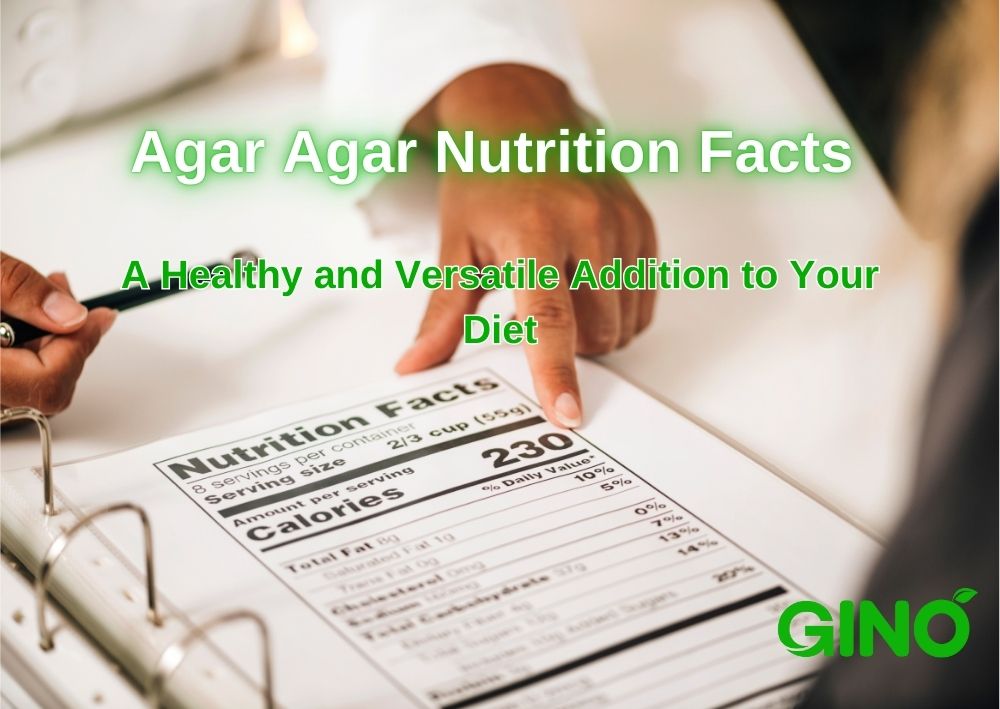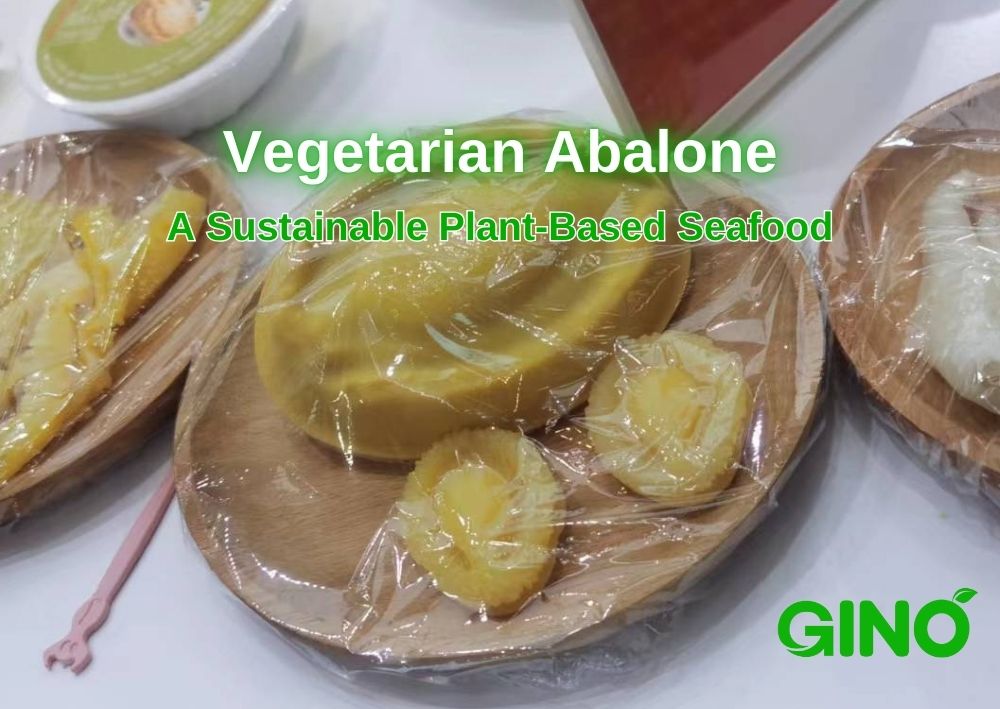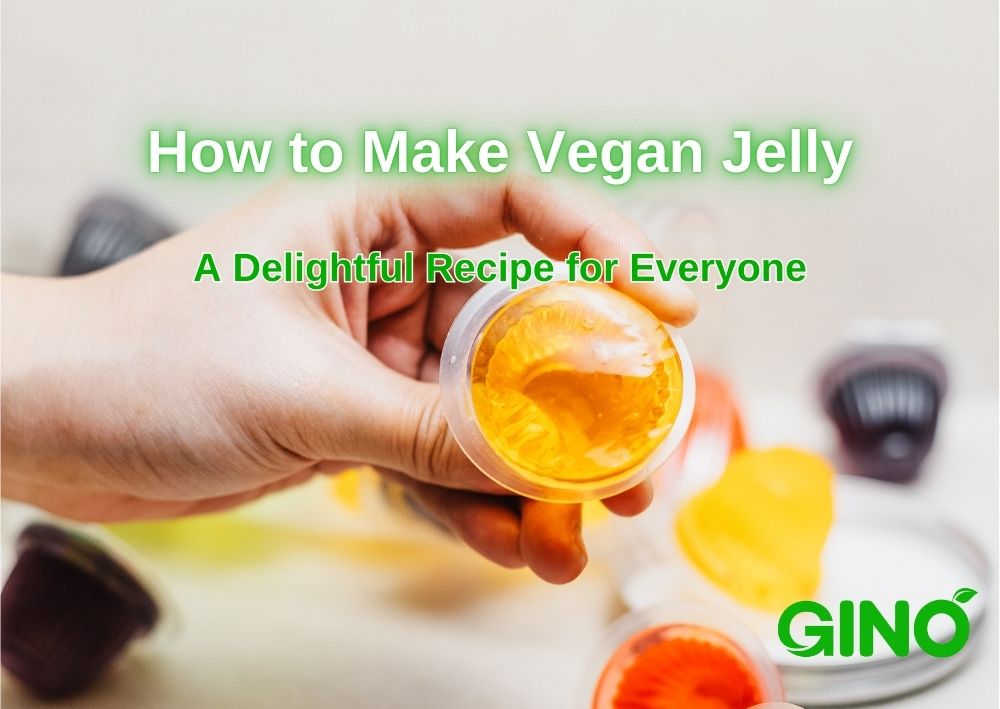Desde hace más de 10 años, Gino Biotech es uno de los principales proveedores de hidrocoloides alimentarios. Con nuestra variedad de gomas y estabilizantes de origen vegetal, podemos crear soluciones de hidrocoloides a medida perfectamente adaptadas a las necesidades de nuestros clientes. LEER MÁS
Agar vs Gelatina | Grandes diferencias entre el agar y la gelatina
Agar vs Gelatina | Índice
Facebook
Twitter
LinkedIn
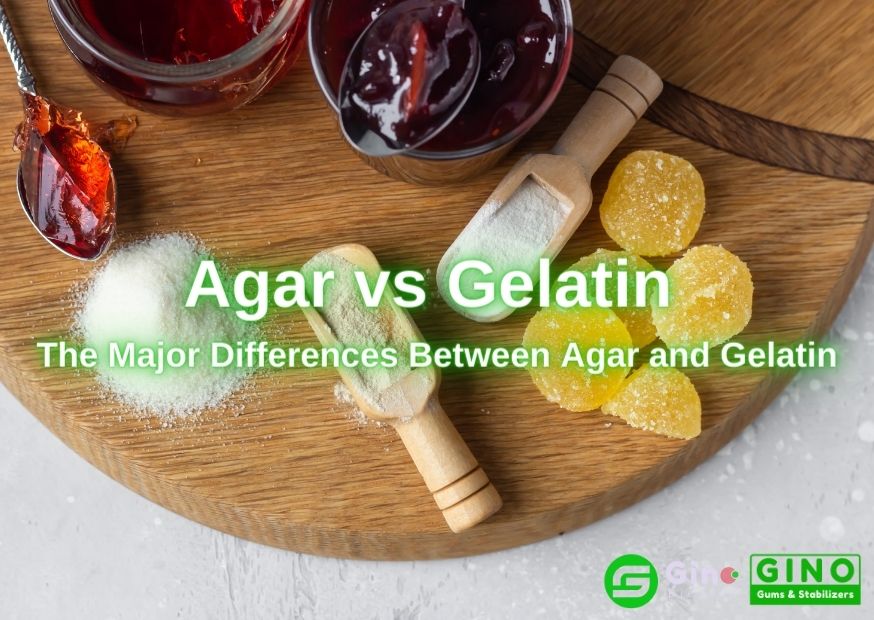
1. ¿Qué es el agar?
El agar, también llamado agar-agar y kantenes una sustancia gelatinosa elaborada a partir de algas rojas, con un número E de E406, y es un tipo de hidrocoloide de origen vegetal.
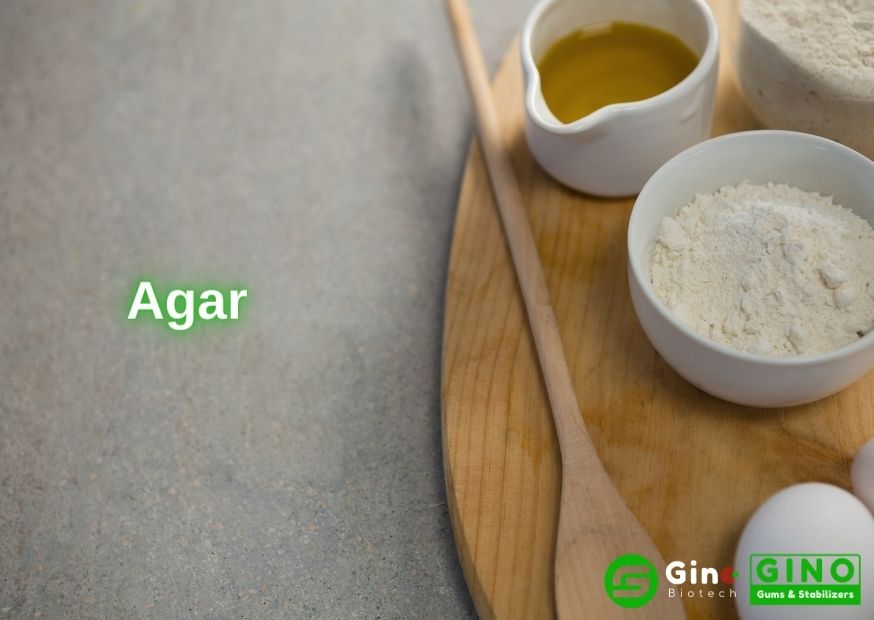
2. ¿Qué es la gelatina?
La gelatina es una proteína animal natural, un tipo de ingrediente alimentario translúcido, incoloro e insípido, comúnmente derivado del colágeno extraído de partes del cuerpo animal.

Parte 1: Principales diferencias entre el agar y la gelatina
El agar y la gelatina no son lo mismo. Las principales diferencias entre el agar y la gelatina son las diferentes fuentes, las diferentes composiciones, las diferentes formas, las diferentes propiedades físicas, las diferentes aplicaciones, los diferentes precios, etc.
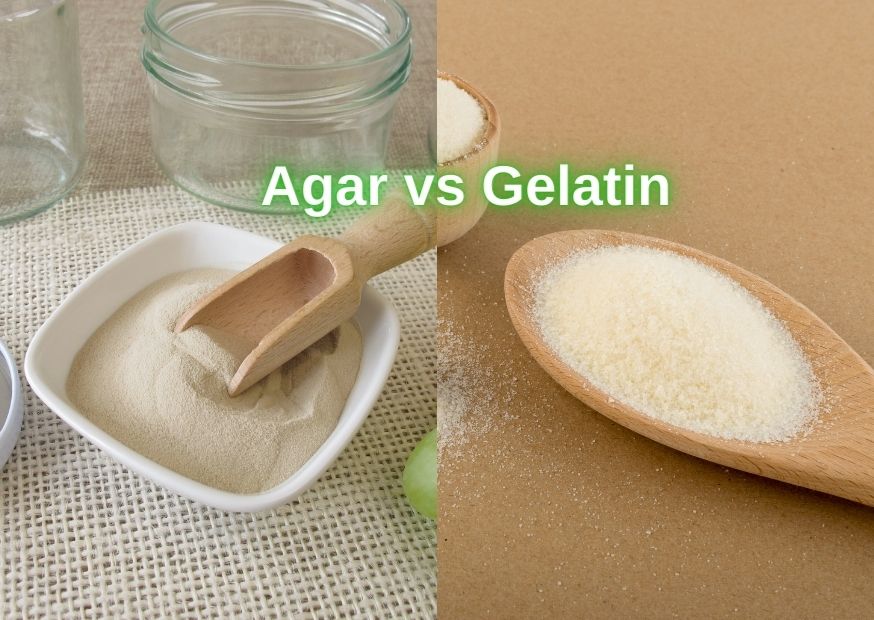
Diferentes fuentes
Diferentes composiciones
Diferentes formas
Diferentes propiedades físicas
Diferentes aplicaciones
Precios diferentes
La materia prima del agar son algas rojas marinas de alta calidad, la mayoría importadas. Las algas marinas se ven muy afectadas por el clima, y su calidad y rendimiento son inestables.
Además, la tasa de producción de agar elaborado a partir de algas marinas es baja y el proceso es complicado.
Por ello, el precio del agar es superior al de la gelatina, aproximadamente el doble.
Sin embargo, la fuerza de gel del agar es muy alta, por lo que la cantidad añadida también es inferior a la de la gelatina.

Parte 2: Agar frente a gelatina: ¿Se puede sustituir el agar por gelatina?
- Nos podemos preguntar, tanto el agar como la gelatina se pueden utilizar para coagular y espesar, entonces, "¿Se puede sustituir la gelatina por agar?". O "¿Se puede sustituir el agar por la gelatina?". La respuesta es no. ¿Por qué no pueden sustituirse entre sí?
Sensación en boca diferente
La sensación en boca es muy importante para los consumidores y afecta a su deseo de comprar.
La gelatina tiene una textura más blanda y elástica que el agar, y éste tiene una textura más dura que la gelatina.
Si se utiliza agar agar para hacer mousse y otros postres, se pierde por completo el sabor tierno. Del mismo modo, si se utiliza gelatina para elaborar postres como la tarta fría yōkan, la textura pierde firmeza.
Diferente punto de solidificación
El agar se solidifica a 40 grados Celsius o menos, mientras que la gelatina debe refrigerarse para solidificarse.
En comparación con la gelatina, el agar es mucho más difícil de disolver y requiere agua hirviendo y hervir durante unos minutos para fundirse completamente en el agua, y una vez que la temperatura desciende por debajo de 40 grados centígrados, el agar se solidifica inmediatamente.
La gelatina se utiliza sobre todo en mousse, pudding y otros postres, en los que la temperatura de mezcla es baja. Si se utiliza agar agar en su lugar, se solidificará en grumos antes de mezclarse bien (sobre todo cuando se mezcla con nata ligera montada, etc.) y no podrá mezclarse uniformemente.
Diferentes temperaturas de almacenamiento
La temperatura a la que se almacenan ambos productos es diferente.
Los postres elaborados con agar agar pueden colocarse directamente a temperatura ambiente incluso en el caluroso verano (por ejemplo, la tarta fría yōkan de los supermercados suele envasarse y colocarse directamente en la estantería).
En cambio, los postres elaborados con gelatina deben mantenerse refrigerados para evitar que se derritan.

Esta es la introducción y la principal diferencia entre el agar y la gelatina. Si está interesado en hidrocoloides vegetales, especialmente el agar, póngase en contacto con nosotros.
Nuestros productos de agarEntradas recientes
Acerca de Gino Biotech

Somos una empresa biotecnológica especializada en la investigación, desarrollo y comercialización de aditivos alimentarios innovadores y tecnológicos hidrocoloides Agar Agar, Carragenina, y Soluciones de estabilizadores a medida.
Gracias a nuestros amplios conocimientos y experiencia en la investigación, aplicación y uso de hidrocoloides, podemos ofrecer un servicio integral de soluciones personalizadas perfectamente adaptados a las necesidades de nuestros clientes.
Nuestra productos cubren las necesidades de los sectores cárnico, lácteo, panadero, pastelero y otros sectores industriales.
Póngase en contacto con nuestro representante de ventas para obtener más información.


